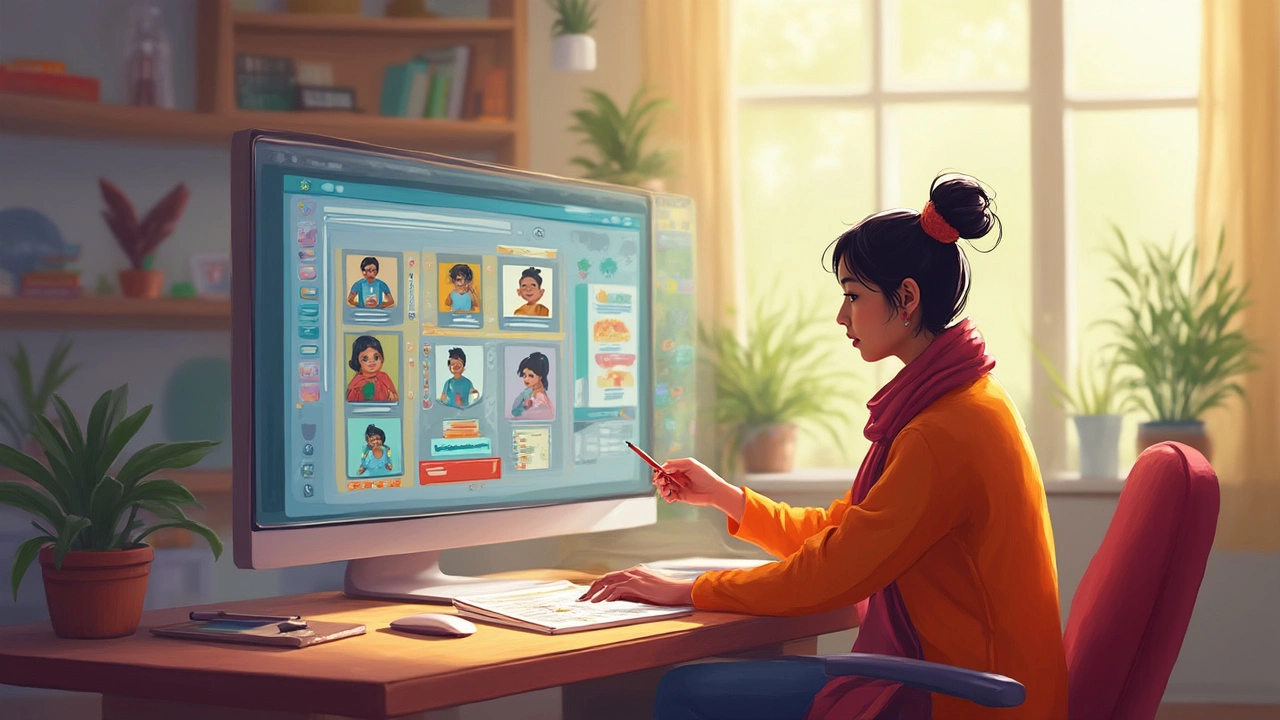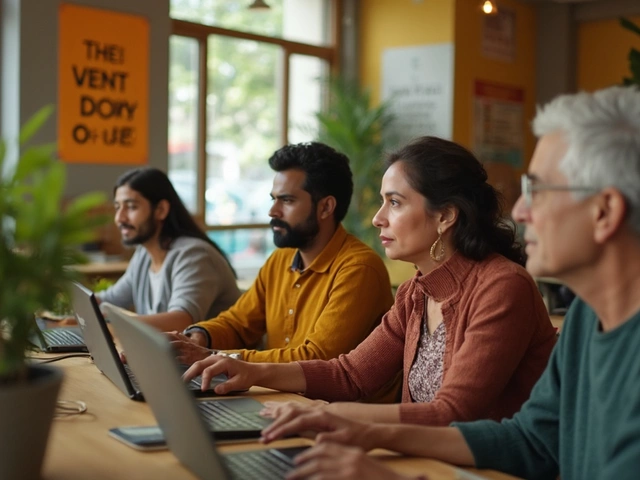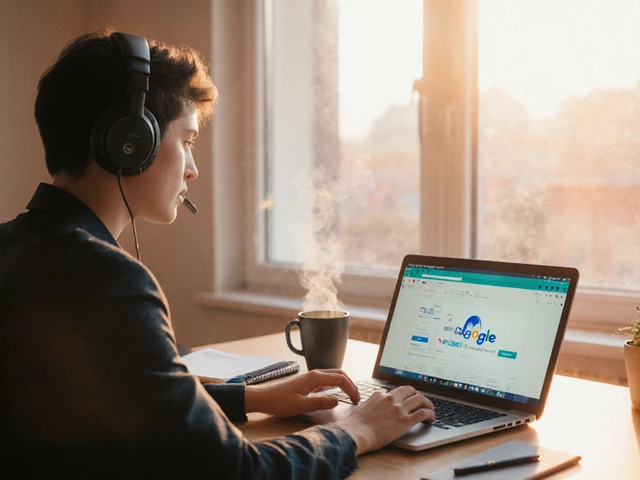Digital Classroom: What It Is, How It Works, and Why It's Changing Education
When you hear digital classroom, a learning environment built on digital tools that lets students and teachers interact online. Also known as virtual classroom, it’s not just about watching lectures on a screen—it’s about live feedback, interactive quizzes, shared notes, and real-time collaboration, all happening without anyone needing to be in the same room. This isn’t science fiction anymore. In India, schools, coaching centers, and even colleges are switching to digital classrooms because they’re faster, more flexible, and often cheaper than traditional setups.
A eLearning platform, a system that delivers courses, tracks progress, and manages assignments online is the engine behind most digital classrooms. Tools like LMS (Learning Management Systems) let teachers upload videos, set deadlines, give instant feedback, and even run live sessions. Students get access to materials anytime, pause and rewind lessons, and join discussions from their phones or laptops. This isn’t just for big cities—students in small towns are using these tools to catch up, stay ahead, or even skip long commutes to coaching centers.
What makes a digital classroom work isn’t the tech—it’s the design. The best ones don’t just copy the old classroom online. They use short videos, bite-sized quizzes, peer reviews, and gamified progress bars to keep students engaged. You’ll find this in posts about online learning, the practice of studying through digital tools outside a physical classroom, where people break down exactly how platforms turn passive watching into active learning. And it’s not just for kids. Adults taking coding classes, preparing for competitive exams, or learning English use the same systems to fit education into busy lives.
Some schools in India are mixing digital classrooms with traditional teaching—using tablets for practice while keeping chalkboards for explanations. Others went fully remote during the pandemic and never went back. The result? More students finishing courses, better tracking of progress, and fewer dropouts. But it’s not perfect. Poor internet, lack of devices, and teachers who aren’t trained in digital tools still hold many back. That’s why the best digital classrooms focus on simplicity, not flashy features.
You’ll find real examples in the posts below—how coaching centers like Allen and Resonance use digital tools for JEE prep, how free apps help students learn English without spending a rupee, and how someone built their own eLearning site from scratch. Whether you’re a student trying to figure out the best way to study, a parent wondering if online classes are worth it, or a teacher looking to upgrade your classroom, the answers are here. No fluff. Just what works, what doesn’t, and why it matters right now.
How to Set Up E-Learning: Step-by-Step Guide for Beginners
Posted by Aria Fenwick On 5 Jul, 2025 Comments (0)

Step-by-step tips and facts for setting up e-learning, from choosing platforms to engaging learners. Make your digital classroom efficient today.




